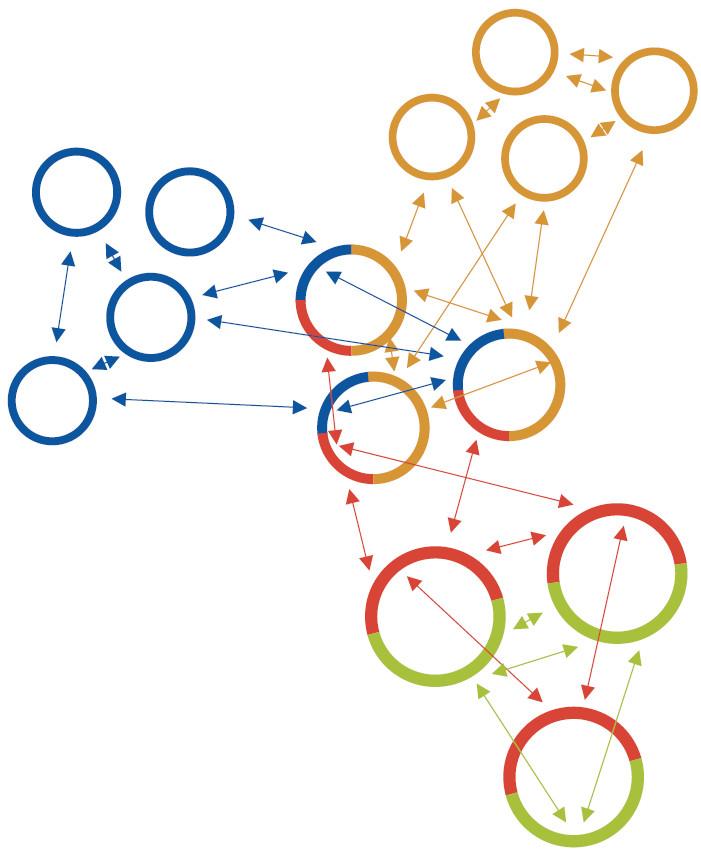Our lab is investigating how recombination (gene flow) affects the evolution of prokaryotic organisms, focusing on the formation of prokaryotic species (speciation).
To do this we use a synergistic two-part approach, using environmental isolates and model haloarchaeal species Halorubrum spp. and Haloferax volcanii.
We aim to:
1) Create a “snapshot” view of modern genetic diversity and evolutionary relationships within and between haloarchaeal species
2) Examine the forces that have likely lead to modern clustering patterns (including the formation of named “species”): the same forces capable of creating future evolutionary relationships.
Our goals are to uncover the dynamics and molecular basis of genetic exchange within haloarchaeal species, determine if prokaryotic gene flow acts (on population genetics) in a similar way as sex does in eukaryotes, and ultimately to add to the modern understanding of prokaryotic species in general.
Specific Projects
Research with haloarchaeal species is currently ongoing in several directions.
Assess modern genetic diversity in haloarchaea:
- determine intra and interspecies diversity using modern techniques, including multi-locus sequence analysis (MLSA), random amplification of polymorphic DNA (RAPD), and genome sequencing
- analyze sequence data and contribute to the haloarchaeal taxonomy community using bioinformatic approaches
- correlate genetic clustering patterns with phenotypic attributes
Characterize forces with the propensity to create future genetic clustering patterns:
SYMPATRIC (within the same environment)
- HGT mechanisms: characterize possible mechanisms of horizontal gene transfer in haloarchaea: phage (bacterial viruses), DNA uptake, and nanotubes/cytosolic bridges. Identify critical genes enabling these mechanisms and inherent barriers to recombination capable of creating homogenizing forces within groups.
- HGT-related processes: study additional key aspects of haloarchaeal ecology interwined with HGT, including communication systems (e.g. quorum sensing) and biofilm formation/architecture
ALLOPATRIC (between environments)
- biogeographical (e.g., dispersal): examine population structure within samples from geographically distant region
About Haloarchaea

Salt rich environments are found all over the globe and range from man-made systems like solar salterns that evaporate sea water for collecting sea-salt, to naturally formed lakes like Great Salt Lake and the Dead Sea, to geological salt deposits formed from the desiccation of seas and subsequent burial. Wherever the concentration of salt reaches above ~15%NaCl, members of the Haloarchaea dominate. Haloarchaea are therefore defined as “extremophiles,” and are classified within the Euryarchaea phylum of the domain Archaea. Haloarchaea have an obligate growth requirement for high salt concentrations and are the dominant organisms found in hypersaline environments.
Routine labwork is focused on Haloferax and Halorubrum species, but we also work with DNA collections including essentially all known haloachaeal species. Halorubrum has been shown to experience a tremendous rate of intra and interspecies gene exchange. The impact of this level of recombination (equal or greater to that of sexually reproducing animals in terms of genetic diversity) is not well understood in prokaryotes
Interested?
Potential graduate students and postdocs are welcome to contact the PI.




